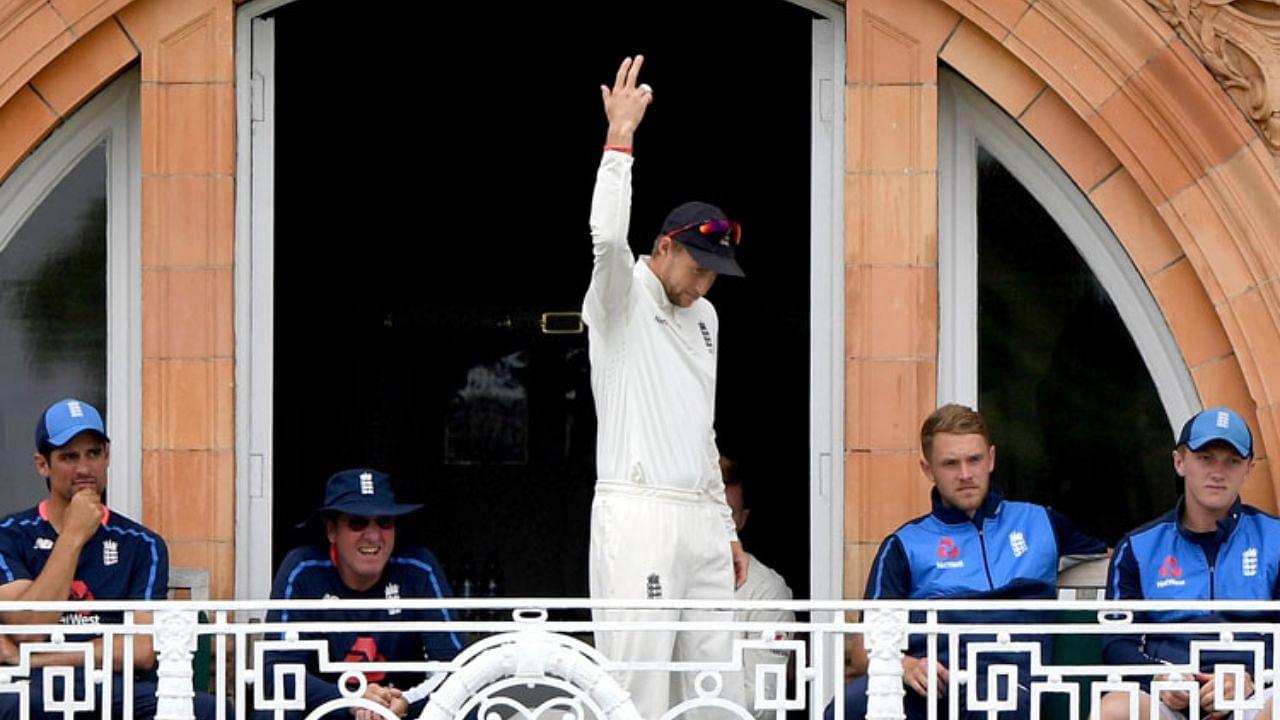“Declaration” is one of the prime aspect exclusively noted in cricket’s ancestral format. The situations under which an innings is declared may vary with the need of the team at that particular hour. The needs might be different during the first, second, and the third innings, but usually the side which does go for it, more often than not is in much better control of the match proceedings.
Advertisement
A declaration generally takes place when the batters of a team pass the test of patience against an attacking bowling line-up, and go on to post enough runs on the board to bring their bowlers into play. However, the scenario of declaration might be different when this very team decides to declare during its second innings.
In the latter case, the team might have already taken a huge lead in their first innings and declare their next innings after posting some quick runs within a few overs, thereby handing a healthy target to the opposition.
However, this is not it. Some of the other forms of declaration are also tactical. For instance, during the ongoing first Ashes 2023 Test match in Birmingham, England declared their first innings with half-an-hour left in the first day’s play and having not even scored 400 runs on a wonderful track for batting. The move was made for their bowlers to come out and bowl aggressively to the Australian batters, who would naturally look to survive the final few minutes.
What Is A Declaration In Cricket?
There is no law which states the time for the declaration of a batting innings. A team can declare their innings whenever they feel like. As per MCC’s Law 15.1 – Time of declaration, “The captain of the side batting may declare an innings closed, when the ball is dead, at any time during the innings. A declared innings shall be considered to be a completed innings.”
Thus, the declaration can be announced even if none of the team wickets have been lost during a particular innings. However, in such a case, the innings is deemed to be complete.
Also, a team has an option to forfeit their innings before its commencement. This situation occurs when a team has taken a sizeable lead in their first innings and invites the opposition team to follow-on their huge total. Such a forfeited innings is considered to be a complete innings. Read more on the follow-on rules in Test cricket by clicking here.
Who Declares An Innings In Test Cricket?
It is the captain who decides to declare his team’s innings at any point. The decision might be taken after the end of an over, mid-over, or as seen in most cases, soon after the fall of a wicket. The captain is generally seen waving his hand(s) from the dressing room towards the two batters on the pitch, indicating the declaration.
As per Law 15.3 of the MCC, “A captain shall notify the opposing captain and the umpires of any decision to declare or to forfeit an innings. Once notified, the decision cannot be changed.”

